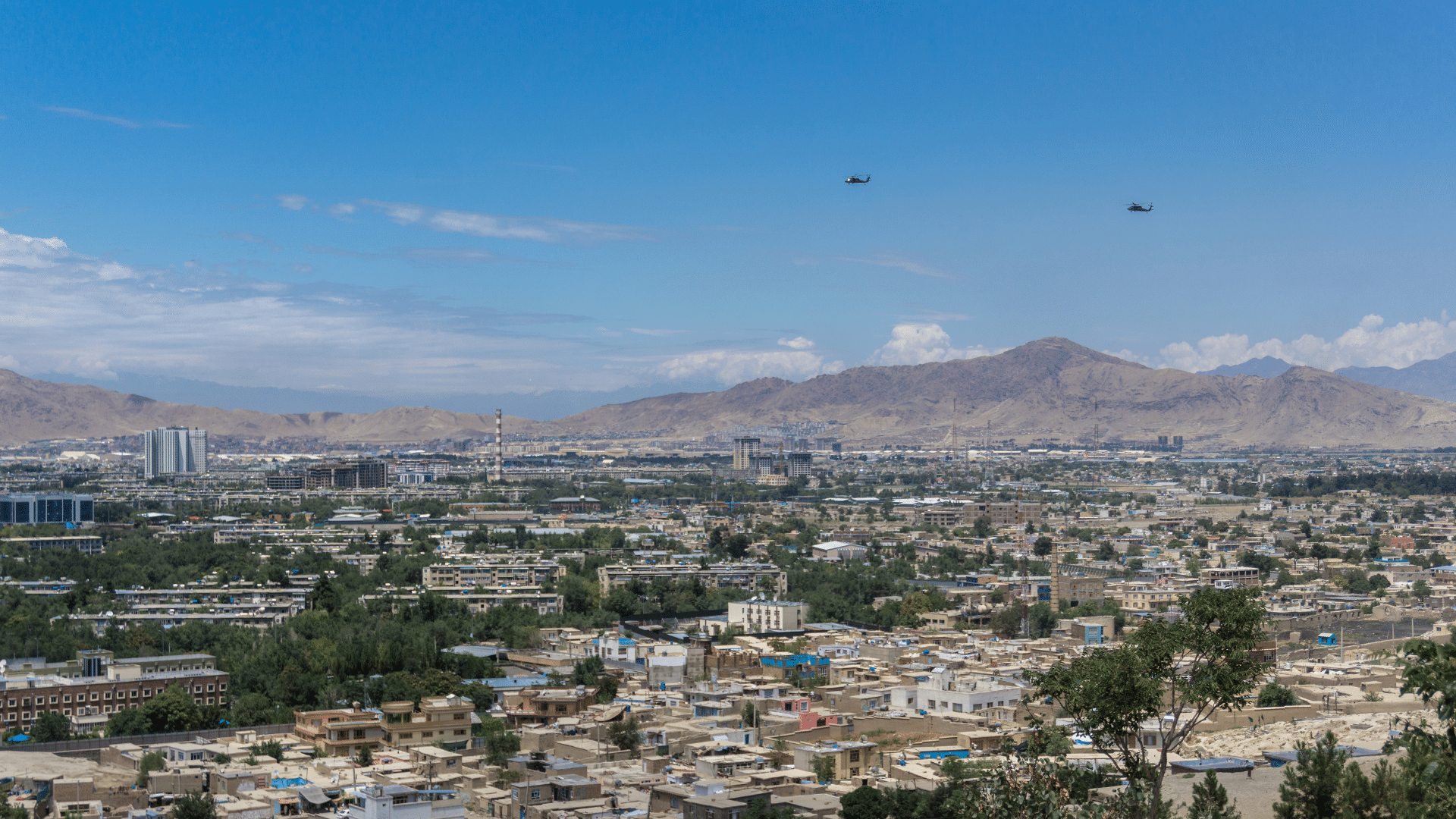
This project pilots a novel approach to understanding the relationship between displaced people and the environment, conceptualising settlement areas as social-ecological systems to assess linkages between livelihoods, landscape change and environmental health.
The project responds to an important gap in the fields of humanitarian and refugee studies. While environment is often identified as a driver of involuntary displacement, there is little existing research considering how refugees or internally displaced persons (IDPs) interact with the environment in newly settled areas. Also, existing research falls largely within the social sciences, with little integration of natural science approaches.
This gap is filled by coupling remote sensing-based assessments of landscape change with historical, ethnographic and participatory approaches in long-term IDP settlements in Kabul, Afghanistan, and 60- year-old Tibetan refugee settlements in Karnataka, India.
The analysis will identify patterns in livelihoods, landscape change, and health over these multi-decade timeframes, building an interdisciplinary historical analysis.
To interpret this data, the project relies on the Theory of Adaptive Change which, informed by community concerns, will underpin scenario-building and assessment of future socio-ecological trajectories.